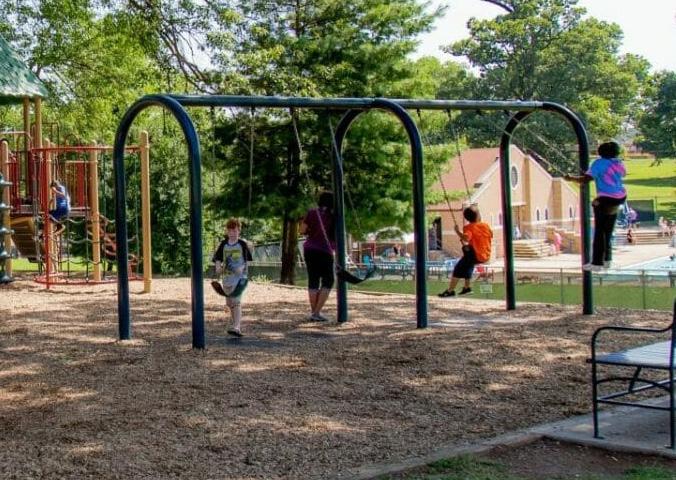
1 minute read
Chapter 07: Works Cited ...........................................................................................7.1 - 7
PARK CLASSIFICATIONS
In 1995, the National Recreation and Parks Association (NRPA) published Park, Recreation, Open Space and Greenway Guidelines by James D. Mertes, Ph.D., CLP and James R. Hall, CLP. The book outlined a template for typical park classifications, number of acres that a park system should have, and recommended service levels based on population size. Strictly intended as a guideline, the book does not consider the unique character of a place. Local trends and popularity of some activities often dictate a greater need for specific facilities. The guidelines outlined in Park, Recreation, Open Space and Greenway Guidelines serve as a good baseline for determining a minimum standard for a parks system. These guidelines, along with individual park assessments, and community input were used to develop service standards for the City of Lynchburg. Critical to the service delivery of any recreation system is the identification of the four basic park categories: • Mini park • Neighborhood park • Community park • Regional park Beyond these four basic park types are: • Special-Use park • Sports park/complex • Natural area/preserve • Greenway • School park • Private park/facility Each park is classified based on types of amenities, size, service area, and facility access. Table 4.1 shows a description of NRPA park classifications along with information on desirable size and service area criteria.
Advertisement
PARK CLASSIFICATIONS
MINI PARK NEIGHBORHOOD PARK COMMUNITY PARK REGIONAL PARK SPECIAL-USE PARK SPORTS PARK/COMPLEX NATURAL AREA/PRESERVE GREENWAY SCHOOL PARK PRIVATE PARK/FACILITY






